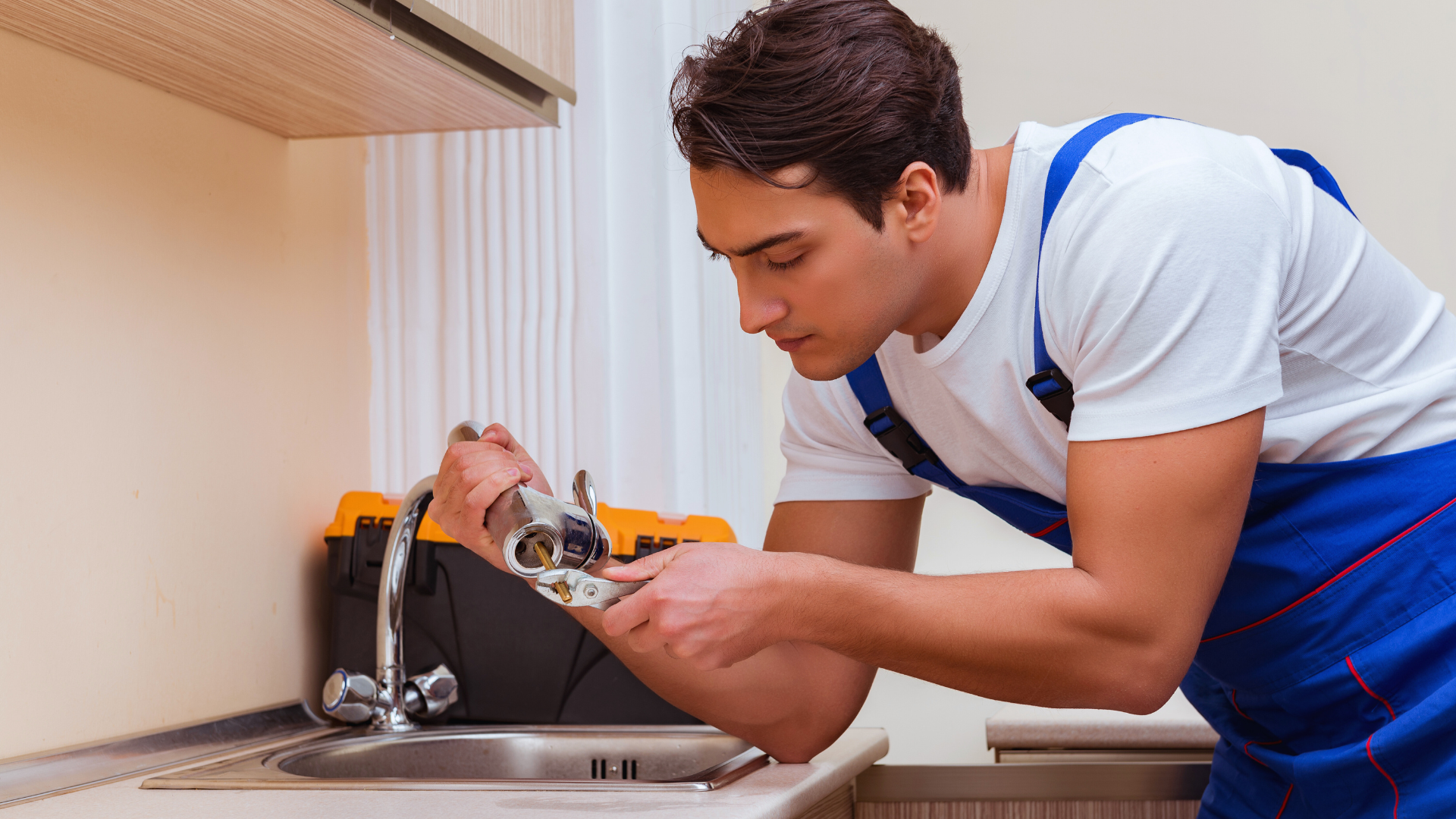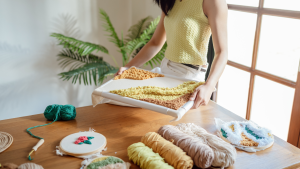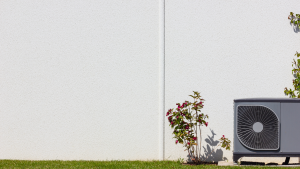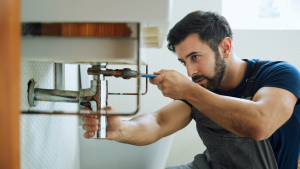Proper plumbing maintenance is essential for any household. Regular checks and simple preventive measures can significantly extend the life of a plumbing system and reduce costly repairs. Homeowners can adopt straightforward practices to ensure their plumbing remains in good working order.
Common maintenance tasks include inspecting for leaks, clearing clogs, and ensuring that drains are functioning correctly. It’s important to flush water heaters regularly and check the condition of pipes and fixtures to catch any issues early. By staying proactive, individuals can avoid many common plumbing problems. Alternatively, for persistent blockages or damaged pipes that DIY methods can’t fix, professional assistance like Drain Pipe Repair from Express Drainage Solutions from experts can help restore proper flow and prevent future flooding.
Being attentive to the plumbing system not only promotes efficiency but also contributes to the overall health of the home. Keeping up with routine maintenance can prevent small issues from escalating into major repairs, saving time and money in the long run.
Understanding Your Plumbing System
A solid grasp of plumbing systems can help prevent issues and maintain functionality. Key components and common problems will be explored, allowing for better management of plumbing tasks.
Identifying Common Plumbing Issues
Homeowners face several plumbing problems regularly. Some of the most frequent issues include:
- Leaks: These can occur at any joint or fitting. Small leaks may lead to mold growth and higher water bills.
- Clogged Drains: Blockages from hair, grease, or debris often affect sink and shower drains, leading to slow drainage or backups.
- Faucet Problems: Dripping faucets waste water and can signify worn-out washers or O-rings.
Pipe corrosion is another common concern. This condition may lead to leaks and quality issues in the water supply. Being aware of these problems can help in their timely identification and resolution.
If a home has older polybutylene piping, these failures often begin as small leaks that grow over time, so a professional inspection to identify the material is a sensible next step. Where polybutylene is confirmed, arranging a targeted poly b replacement Red Deer can prevent hidden leaks and avoid larger water damage. Replacements typically use durable materials such as PEX or copper and include pressure testing to ensure a reliable system. Adding this check into routine maintenance helps homeowners catch vulnerable piping before it causes costly repairs.
Components of a Plumbing System
A plumbing system comprises several key elements:
- Pipes: Typically made from PVC, copper, or PEX, pipes transport water throughout the home.
- Fittings: These connect pipe sections and change direction. Common types include elbows, tees, and couplings.
- Fixtures: Sinks, toilets, and showers rely on proper installations to function efficiently.
Essential components also involve water heaters and sump pumps. Regular inspection of these elements can prevent many plumbing crises. Understanding their roles helps in diagnosing issues early.
Routine Plumbing Maintenance
Routine plumbing maintenance is essential for preventing costly repairs and ensuring a plumbing system operates efficiently. This includes regular inspections and proactive measures to catch issues early.
Preventive Care Practices
Implementing preventive care practices can significantly extend the life of plumbing systems. Regularly check and clean drain screens to prevent clogs and maintain smooth water flow.
He or she should also perform routine inspections of visible pipes for corrosion or damage. Regularly flushing water heaters helps eliminate sediment buildup and enhances efficiency.
It is advisable to schedule yearly professional inspections to identify hidden issues that may not be visible. Additionally, in cases where issues in plumbing cause extensive damage in the household, one can rely on professionals from firms like Restoration 1, who can repair affected structures, remove damaged materials, and restore the property to its original condition.
How to Check for and Fix Leaks
Detecting leaks promptly can save water and prevent damage. To check for leaks, inspect faucets, toilets, and exposed pipes for moisture or drips.
A simple method to test toilets for leaks is the dye test. Add food coloring to the tank, and if the color appears in the bowl within minutes, there’s a leak.
For small leaks, using plumber’s tape can provide a temporary fix. For more significant issues, replacing worn washers or taking a more comprehensive approach may be necessary.
Regular checks for leaks in both indoor and outdoor plumbing help maintain system integrity and reduce water waste.
Troubleshooting Common Problems
Homeowners often encounter plumbing issues that require quick and effective solutions. Two common problems are clogged drains and low water pressure. Each issue can typically be resolved with a few straightforward methods.
Clearing Clogged Drains
Clogged drains can hinder daily activities. A common method for clearing them is using a combination of baking soda and vinegar. Pour one cup of baking soda down the drain, followed by one cup of vinegar. Let this mixture sit for about 30 minutes before flushing with hot water. This method is effective in breaking down minor clogs.
If the clog persists, a plumber’s snake can help dislodge stubborn blockages. For more severe cases, chemical cleaners are an option; however, caution is advised. These cleaners can be harsh and may damage pipes over time. Regular maintenance with non-toxic solutions is recommended to prevent buildup.
Moreover, in commercial kitchens, grease from fats and oils poses a significant challenge. To address this issue, it’s advisable to consult experts specialized in Passive grease trap systems for New Zealand or elsewhere. They can provide effective grease removal solutions that help prevent blockages and ensure compliance with local wastewater regulations.
Dealing with Water Pressure Issues
Low water pressure can stem from several sources, including clogs, leaks, or issues with the water supply. First, check for any visible leaks in pipes. If leaks are present, they must be addressed to restore pressure.
Next, a clogged aerator can impact water flow at faucets. Removing and cleaning the aerator often improves water pressure significantly. It’s also important to inspect the main water valve; if it’s partially closed, it can reduce pressure throughout the house.
In some cases, the problem may lie with the municipal supply. Homeowners should contact their water provider for assistance if issues persist. Taking these steps can effectively resolve water pressure concerns.
Protecting Your Plumbing in Extreme Conditions
Extreme weather conditions can pose significant challenges for plumbing systems. Proper measures can help prevent issues like freezing pipes in cold weather and manage plumbing effectively during heatwaves.
Preventing Freezing Pipes
To avoid frozen pipes, insulation is critical. Key areas to insulate include basements, attics, and exterior walls. The use of foam pipe insulation can significantly reduce the risk of freezing.
Keep a consistent temperature throughout the home. During extreme cold, keeping faucets dripping slightly can relieve pressure in the pipes.
Monitoring water pressure is essential. A pressure gauge can signal if the pressure drops too low, a warning that pipes may be freezing.
In addition, homeowners should disconnect hoses from outdoor faucets and drain them before winter. Covering outdoor fixtures with insulated wraps offers extra protection against harsh conditions.
Managing Plumbing in Hot Weather
Hot weather can lead to increased risk of plumbing problems, such as leaks and water damage. To manage plumbing effectively, homeowners should regularly check for signs of wear and tear.
In very hot conditions, the water supply lines may expand. Maintaining a water pressure within the recommended range helps prevent bursting. Installing a pressure gauge can help monitor levels accurately.
Prioritize the use of cool water in showers and appliances to reduce strain on the plumbing system.
Regularly inspect visible pipes for signs of leakage. Address any small leaks promptly to prevent more significant water damage later on. Draining water heaters periodically can also help in maintaining their efficiency during hotter months.




